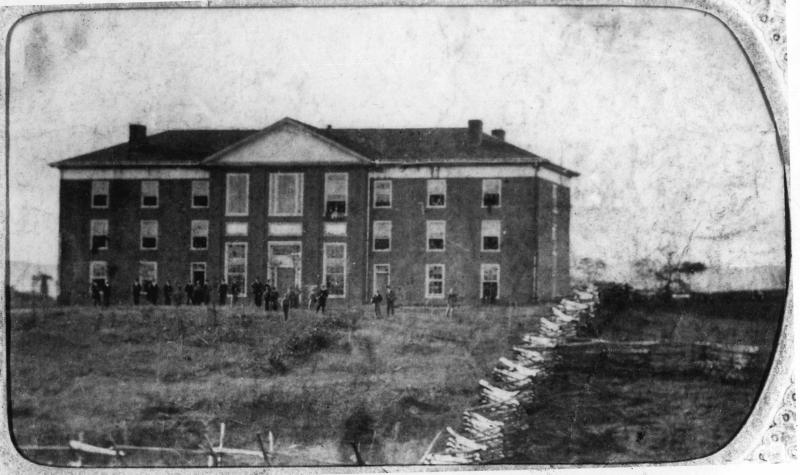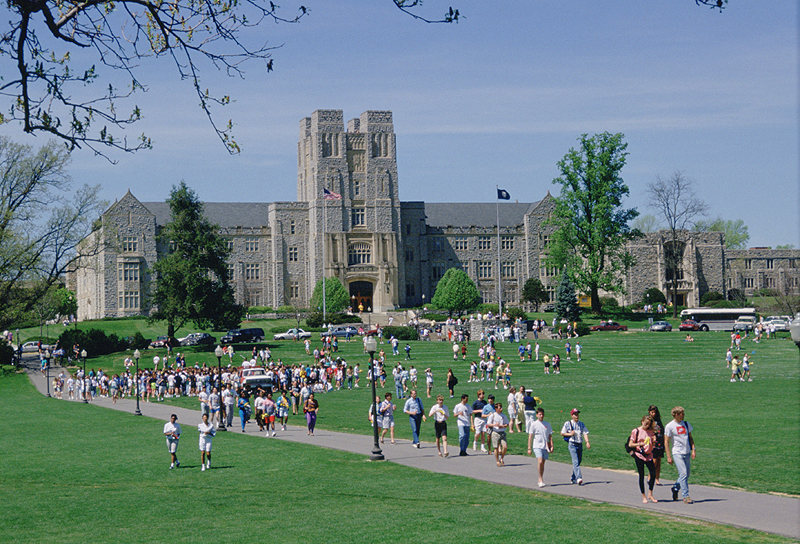Celebrating Virginia Tech: A Chronology of 150 Years
Celebrating Virginia Tech: A Chronology of 150 Years, 1872-2022
|
Virginia Tech’s story began with a contentious battle to designate a land-grant college in Virginia. The Morrill Act of 1862 provided grants of land to each state to finance the establishment of a public institution of higher education. Funding came from the public sale of lands in the West, which the federal government took from Indigenous peoples. Each state designated or created a land-grant college, with the purpose of providing education focused on agriculture, engineering, and military training. Like other southern states that seceded from the United States, Virginia did not have access to land- grant funds until its readmittance to the Union in January 1870. The state legislature, however, was deeply divided over two important questions. First, where should the school be established? Some wanted the money to go to a well-established school, such as the University of Virginia or Virginia Military Institute, while others pushed for the creation of a new institution to offer the specific education envisioned in the Morrill Act. The second question was whether funds should be divided between two schools—one for Black people and one for White people. The General Assembly debated these matters throughout the 1870 and 1871 sessions. Late in the process, a new contender appeared: the Preston and Olin Institute in Blacksburg. A small Methodist school founded in the 1850s, the Institute was struggling when its trustees proposed to offer it to the state to become a land-grant college. The land offered to the state has a rich and complex history. The Tutelo and Monacan peoples were the traditional custodians of the area that today makes up much of Virginia and West Virginia. During the eighteenth century, the Preston family and others owned the land that would become Virginia Tech, including the Smithfield estate, the Solitude estate, and the buildings of the Preston and Olin Institute. More than 200 enslaved African and African American men, women, and children lived and worked at Smithfield and Solitude. In recent years, Virginia Tech has recognized the significance and contributions of the Tutelo/Monacan peoples, the enslaved Black people, and their descendants in making possible the founding of a major land-grant university. The 1872 legislative session finally settled the funding questions. On March 19, 1872, Governor Gilbert C. Walker signed the bill establishing the Virginia Agricultural and Mechanical College (V.A.M.C.) at Blacksburg. The legislation designated two-thirds of the land-grant funding to the education of White students at V.A.M.C., while the remaining one-third was allocated to Hampton Normal and Agricultural Institute (later to Virginia State University) for the education of Black students. The first students—only White males were admitted—arrived in Blacksburg for the Fall 1872 session. — Adapted from No Ordinary Moment: Virginia Tech, 150 Years in 150 Images (Virginia Tech Publishing, expected 2022) |
|

